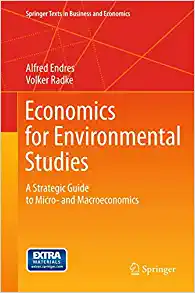Question
1/ The Federal funds rate is the interest rate: banks charge one another for Fed funds or reserves. the Fed pays on reserves. the Fed
1/ The Federal funds rate is the interest rate:
- banks charge one another for Fed funds or reserves.
- the Fed pays on reserves.
- the Fed charges banks for loans from the discount window.
- on U.S. Treasury bonds.
2/ When the Fed purchases bonds, the Fed:
- increases the reserves and the federal funds rate increases.
- reduces the reserves and the federal funds rate decreases.
- increases the reserves and the federal funds rate decreases.
- reduces the reserves and the federal funds rate increases.
3/ In the short run, if the Fed undertakes contractionary monetary policy, the effect will be to shift the:
- AD curve out to the right.
- SAS curve down.
- SAS curve up.
- AD curve in to the left.
4/ Which of the following Fed actionsincreasesthe money supply?
- Decreasing the amount of loans made to commercial banks
- Selling government securities in the open market
- Increasing reserve requirements
- Buying government securities in the open market
5/ When the Fed increases the reserve requirement, it:
- contracts the money supply because banks have less available to lend.
- expands the money supply because banks have more available to lend.
- contracts the money supply because banks have more available to lend.
- expands the money supply because banks have less available to lend.
6/ To increase the nation's money supply, the Fed can:
- decrease the discount rate.
- increase the required reserve ratio.
- increase the discount rate.
- sell bonds.
7/ Suppose the money multiplier in the United States is 2.5. If the Fed wants to reduce the money supply by 1,000 it should:
- buy government securities worth 250.
- sell government securities worth 250.
- buy government securities worth 400.
- sell government securities worth 400.
8/ During an inflationary period, policy makers who use the AS/AD model would probably recommend an open market:
- sale of government securities that raises interest rates.
- purchase of government securities that raises interest rates.
- purchase of government securities that reduces interest rates.
- sale of government securities that reduces interest rates.
9/ Suppose the money multiplier in the United States is 4. If the Fed wants to expand the money supply by 600 it should:
- sell government securities worth 600.
- sell government securities worth 150.
- buy government securities worth 150.
- buy government securities worth 600.
Step by Step Solution
There are 3 Steps involved in it
Step: 1

Get Instant Access to Expert-Tailored Solutions
See step-by-step solutions with expert insights and AI powered tools for academic success
Step: 2

Step: 3

Ace Your Homework with AI
Get the answers you need in no time with our AI-driven, step-by-step assistance
Get Started


